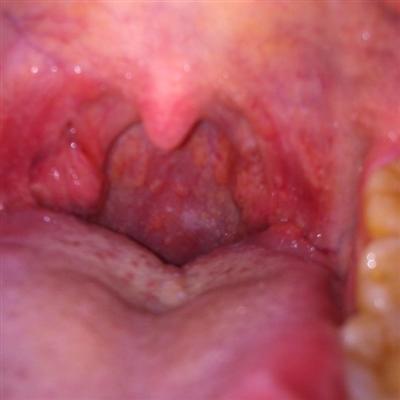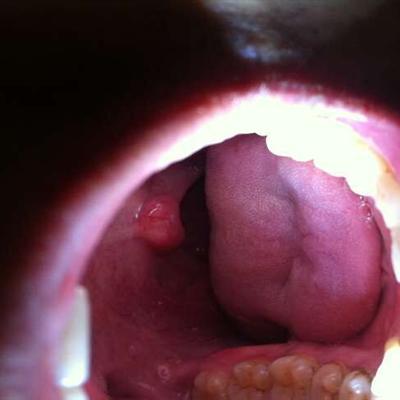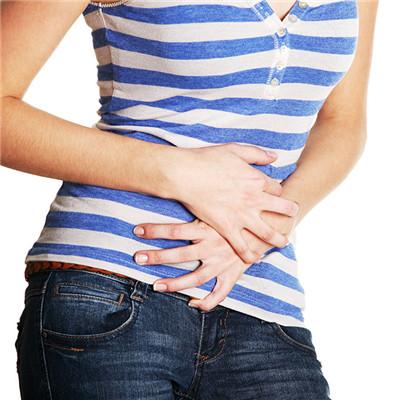What symptom does cervical vertebra disease spinal canal stenosis have?
summary
Cervical spinal stenosis is a kind of harmful disease, which is a common disease in life. With the changes of people's living habits and environment, the number of people suffering from this disease is gradually increasing. After suffering from this disease, we should treat it in time. If we don't treat it in time, it will do great harm. Here we mainly talk about the symptoms of cervical spinal stenosis.
What symptom does cervical vertebra disease spinal canal stenosis have?
Sensory disturbance: if you want to know what clinical manifestations of cervical spinal stenosis often have, it will be first manifested as sensory disturbance of patients, such as numbness of limbs, allergy or pain, etc., and sensory disturbance mostly starts from the upper limbs of patients, and can also cause trunk symptoms of patients, such as chest, abdomen or pelvic band feeling, and even dyspnea.
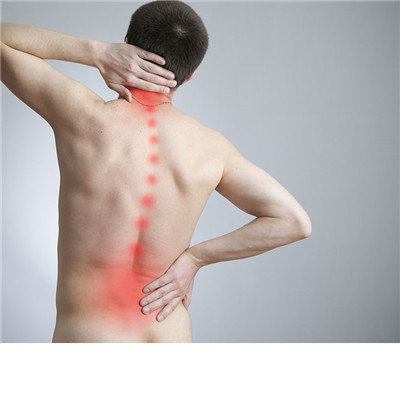
Dyskinesia: after the patient's sensory disturbance, cervical spinal stenosis also gradually causes the patient's dyskinesia, which is manifested as vertebral tract sign. In the early stage, the main symptoms are weakness and heaviness of lower limbs, and the feeling of foot landing like stepping on cotton. With the development of the disease, the patient will be more seriously affected. Therefore, what are the clinical manifestations of severe cervical spinal stenosis, That is to cause the patient's standing and walking instability, easy to kneel, and even quadriplegia.
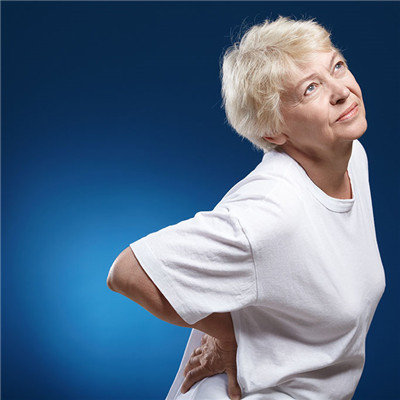
Defecation disorder: when the course of disease is long, cervical spinal stenosis can also cause defecation disorder of patients. In the early stage, the main problem is weak defecation, with frequent urination, urgency of urination and constipation. In the late stage, incontinence can occur, causing very serious injury to patients.

matters needing attention
For friends who have been diagnosed with cervical spinal stenosis, the most important thing is timely symptomatic treatment. But also pay attention to postoperative rehabilitation and health care, in order to avoid its constant recurrence.


